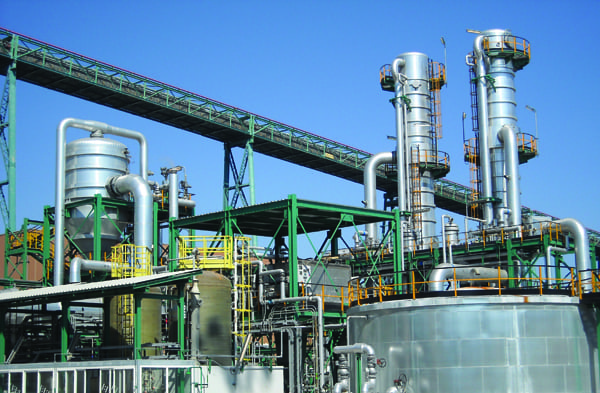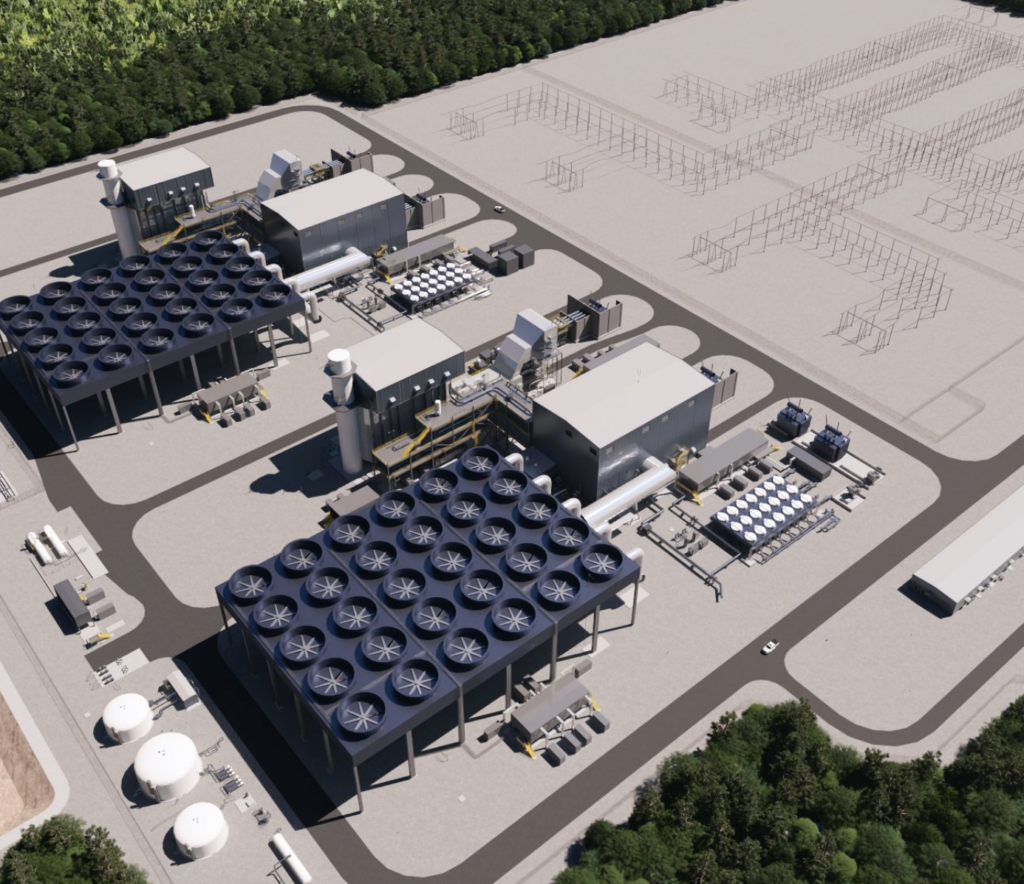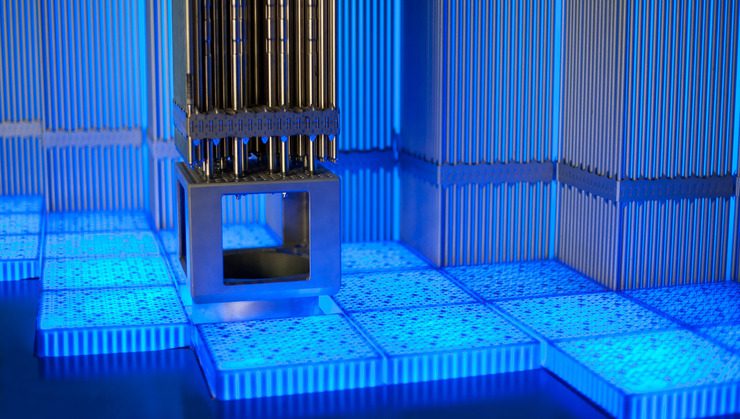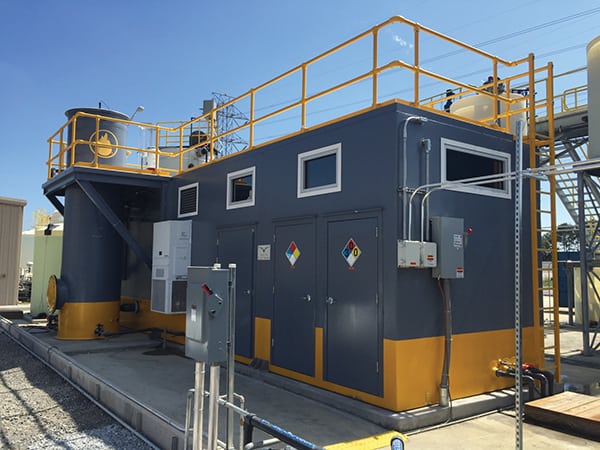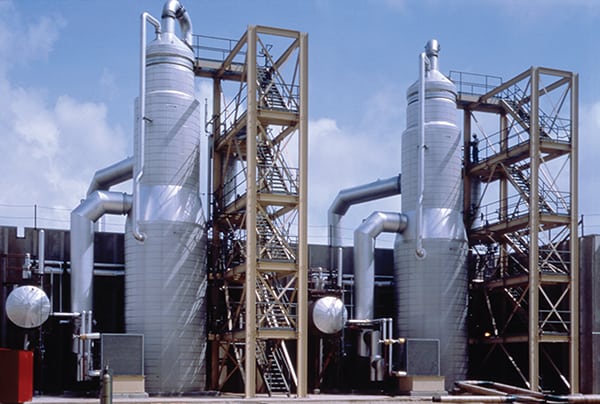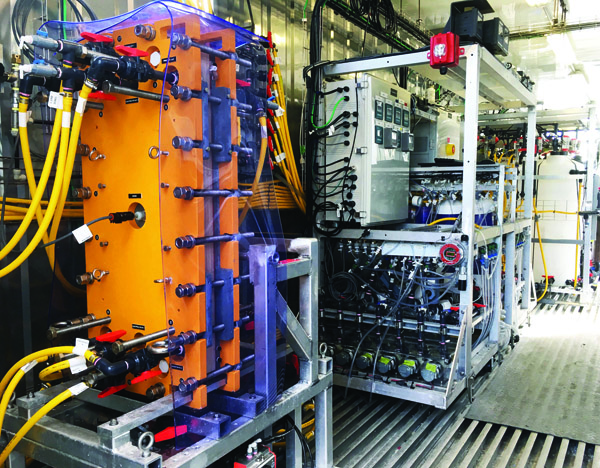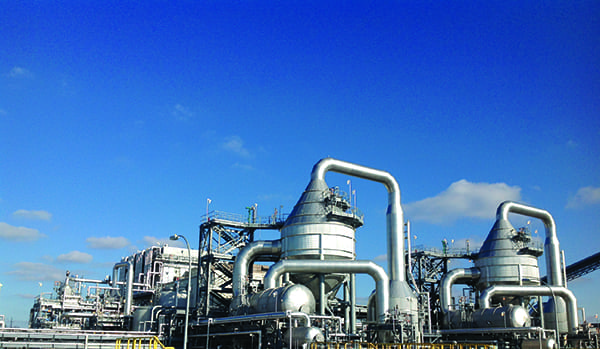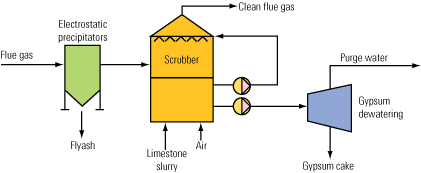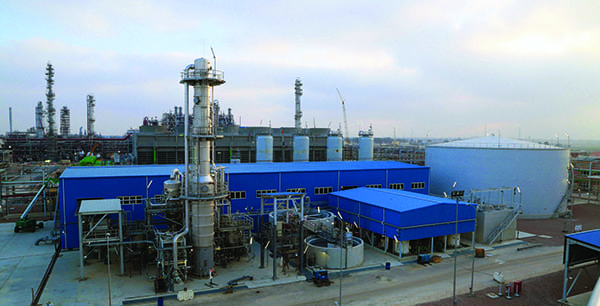Meeting the requirements of the Effluent Limitations Guidelines (ELG) means careful consideration of the various options. Both biological treatment and zero liquid discharge (ZLD) approaches have their place, but ZLD may offer more flexibility for the future.
On September 30, 2015, the Environmental Protection Agency (EPA) issued the final effluent limitation guidelines (ELGs) rule for steam electric power generating point sources. These regulations have major impacts on power generating facilities throughout the United States. The ELGs are technology-based regulations, which means the limitations set by the EPA under this rule are established based on best available technology economically achievable (BAT).
As a result of this rule, one of the primary challenges for coal-fired power plants is meeting new discharge requirements for flue gas desulfurization (FGD) purge streams. As such, there has been considerable discussion, study, and planning in the marketplace relative to implementation of the ELGs. The impact of the ELGs and the plan for compliance is specific to each site. There is no “one size fits all” solution.

The BAT established for existing coal-fired power plants larger than 50 MW and equipped with wet flue gas desulfurization scrubbers is physical/chemical treatment followed by biological treatment. The BAT established for new coal-fired power plants is evaporation treatment. The effluent limitations for each source category are listed in Table 1. Power plants must be compliant with the effluent limits by the date determined by each facility’s permitting authority within a compliance period starting November 1, 2018, and no later than December 31, 2023.
There are a number of FGD wastewater treatment technology solutions available for existing facilities. In addition to physical/chemical plus biological treatment, the ELGs provide incentives through deferred compliance (December 31, 2023) for implementation of zero liquid discharge (ZLD) technology utilizing thermal evaporation systems. Power plant specific design factors such as power plant rating, FGD scrubber design, coal type, water quality, as well as other considerations such as the age of the plant, economics, and other factors must all be evaluated to determine the best solution. A successful ELG compliance project is dependent upon an assessment of the technology solutions available and selection of the solution that meets the stakeholder’s objectives (such as capital cost, operating cost, and risk).
The basics of biological and evaporator ELG compliance solutions are described in Figure 1.
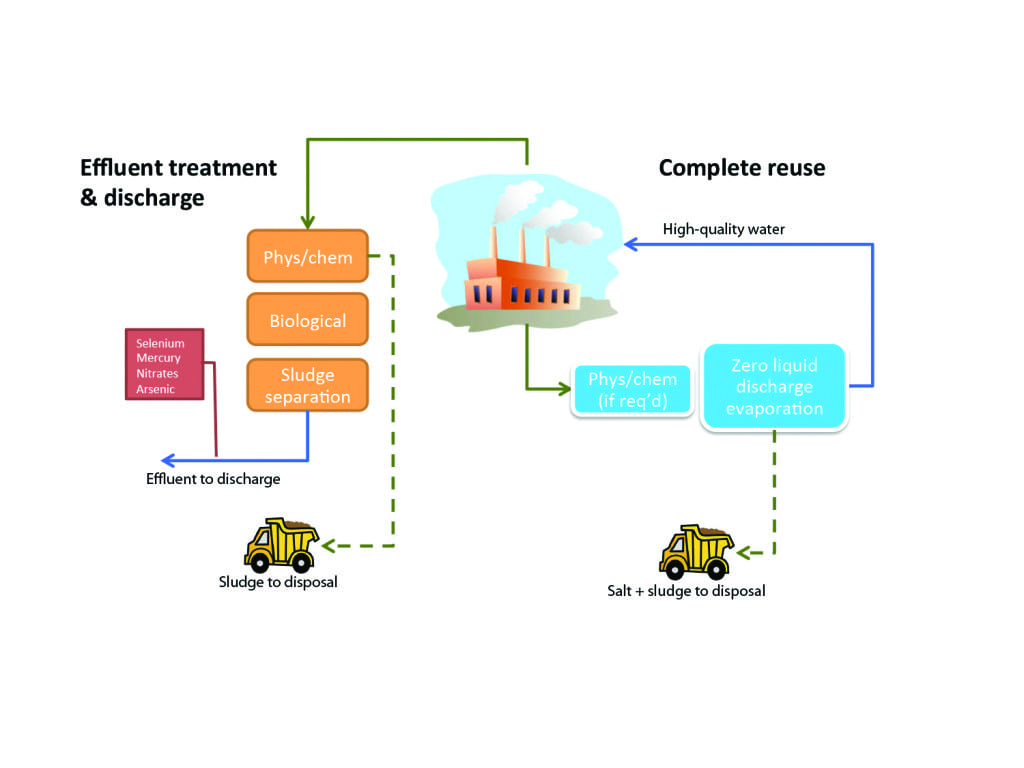
The biological solution is a scheme that most plant operators seem to have comfort with, as it is composed of multiple conventional water treatment operations followed by a biological system, also comprising equipment with which plant engineers and operators are familiar. Further, it may be perceived by some in the industry that ELG compliance via biological treatment is simpler to operate with higher reliability, less pretreatment, and is less costly to install and maintain. These perceptions are the subject of discussion below.
Comparing the Complexity of Evaporator and Biological Treatment Systems
The operational success of a biological system is dependent upon the operator’s ability to operate the physical/chemical pretreatment system to remove total suspended solids (TSS), mercury, and arsenic, and to condition the FGD wastewater to the input specifications of the biological treatment step for selenium and nitrate removal. Careful attention by the operator is required to ensure that the ELG limits are achieved.
By contrast, evaporator systems are comparatively simpler to operate and more forgiving to flow and chemistry variations, as well as more tolerant to cycling operation. It is relatively easy to change the feed rate, and start and stop an evaporator system, whereas biological systems are less tolerant of these changes, and careful operation is required to ensure the health of the biomass.
Pretreatment by physical/chemical treatment may or may not be required (see discussion on pretreatment below). If necessary, conventional lime-soda softening is employed to partially soften the FGD wastewater. A target range is given for softening, as the process is tolerant to a reasonable variation. The evaporator equipment is fully automatic with little operator attention needed on a regular basis other than shift-wise sampling and chemical analysis using test kits.
Operators unfamiliar with evaporator system operation may believe it is more difficult to operate. However, factors such as the right training and utilizing operations and maintenance services offered by the evaporation plant supplier have changed operators’ perceptions.
Also to be considered is the availability requirements of the system. The biomass in a biological system can die off due to a variety of factors. These microorganisms require significant time to grow and acclimate before being placed in service. This risk necessitates that redundancy be provided in the treatment train so that an off-line biological unit can be placed in service without interrupting FGD wastewater treatment. However, a redundant biological unit does not provide additional availability if the cause of biomass mortality is common to the on- and off-line units, and this should be considered in the design of the system.
Evaporator FGD treatment systems, when properly designed and operated, are highly tolerant of changes in the FGD wastewater composition that may be caused by seasonal shifts in plant make-up water quality, changes in coal composition, and upsets in the FGD scrubber. The availability of a properly designed system can be anticipated to exceed 96%. In addition, the distillate produced by the evaporator system is of high quality and can be recycled back to the scrubber as makeup, which eliminates the risk of ELG noncompliance.
Pretreatment Options
Existing facilities may already have a physical/chemical treatment system to meet their current discharge permit requirements for TSS and regulated pollutants. Therefore, compliance with the ELGs for many plants requires modifying the existing physical/chemical treatment system and integrating either a biological treatment system or evaporator system.
The biological option requires physical/chemical pretreatment using lime, sulfide, and iron treatment for mercury, arsenic, and metals removal. Biological treatment is employed following pretreatment to reduce the concentration of nitrate and selenium to the ELG limits. For treatment by evaporation, there are several schemes that need to be considered, not all of which require physical/chemical treatment, as shown in Figure 2.
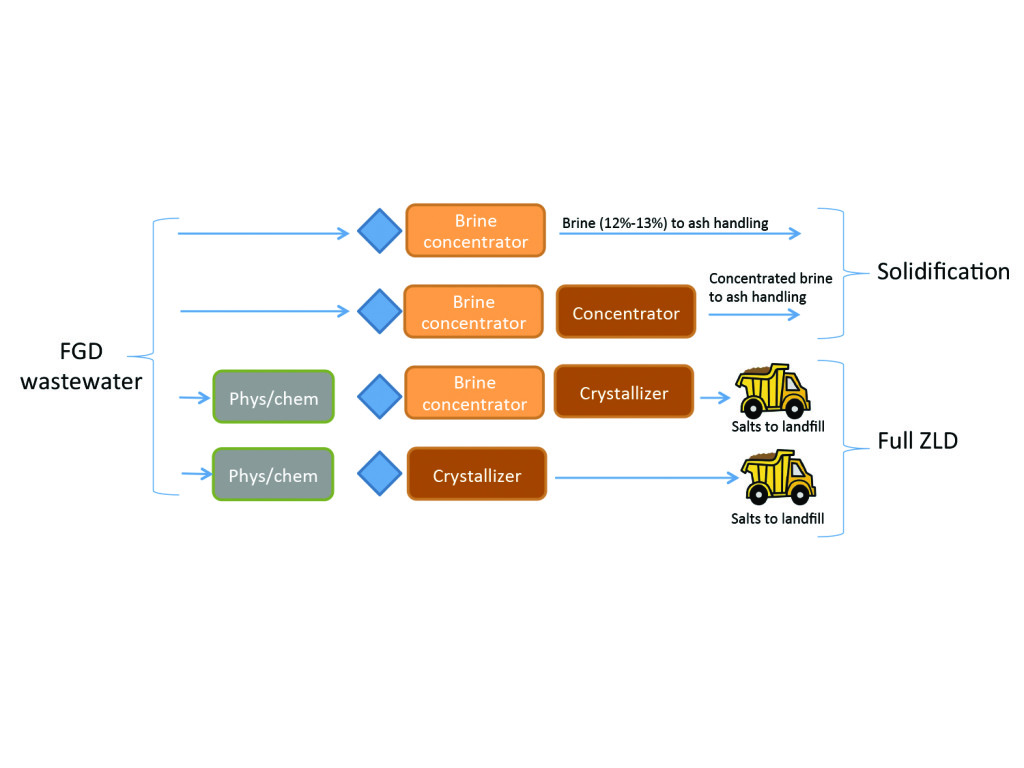
Evaporative approaches to ELG compliance are typically partial cold lime-soda softening of FGD wastewater followed by concentration and/or crystallization. Alternatively, FGD wastewater can be directly concentrated without softening followed by mixing in a pug mill with fly ash (and lime) to generate a solid mixture that fixates metals and can be disposed of in a landfill.
Comparing Costs of Evaporator and Biological Treatment
It is very difficult to make absolute claims regarding the total installed cost or life cycle cost of either biological or evaporator-based FGD wastewater treatment systems, as these will be site specific. When comparing costs, it is important to consider the various evaporator configurations as discussed above as well as redundancy requirements.
To account for less than 100% availability, systems should be supplied with either 100% redundant trains (very costly and unnecessary) or with some amount of storage of the FGD wastewater to provide a buffer between the FGD scrubber and the FGD wastewater treatment system. The amount of storage necessary to achieve the desired availability is dependent upon a number of factors. Anticipated downtime due to single-point failures of equipment and system design margins are primary considerations. Decisions need to be made as to the optimum configuration, and such decisions are again site specific.
As an example, consider an FGD wastewater treatment system to be rated for 100 gallons per minute. Based on operation at other FGD evaporator installations, the cleaning frequency for the evaporator is once per year of operation, and the downtime duration is 10 days. If the plant maintenance schedule is to be down for an equal period on an annual basis, then the FGD wastewater tank can be sized for a single point failure, typically one day maximum duration (144,000 gallons). Providing such a tank will always be much less costly than a redundant train. Nevertheless, the incremental cost of supplying additional storage should be considered in determination of the storage tank volume.
It is also important to consider the rated capacity of the FGD treatment system versus the expected normal capacity, as there can be a large difference between the two. Such differences can result from nonstandard operating scenarios. If these scenarios are of short duration, then it may make sense to consider storage based on the normal capacity. The reason for this is that shutdowns can typically be anticipated and scheduled to occur when the FGD wastewater is generated at a normal rate (as opposed to the rated capacity). In some situations, such considerations may make the difference between choosing a redundant train or larger FGD wastewater storage.
It is also important to note that the ELG rule defers compliance until November 2023 for installation of evaporator-based systems, whereas facilities electing to comply using biological treatment systems must be operational as early as November 2018, or as determined by their permitting authority. The economic impact of the deferred investment must be evaluated when comparing biological and evaporator-based ELG compliance solutions.
Choosing the Best Fit
Biological treatment and evaporator treatment schemes will both play roles in FGD wastewater ELG compliance. There are no “one size fits all” solutions, as the capital, installation, and operating costs are site specific. Both treatment schemes have advantages and disadvantages that should be evaluated, including alternative evaporator options that may eliminate the need for pretreatment, crystallizers, and salt cake dewatering equipment. Further, redundancy requirements should be carefully evaluated for both schemes. Consideration for providing buffer volume between the FGD scrubber and the wastewater treatment system should be considered in lieu of redundant equipment.
Finally, the risk of future tightening of effluent limits should be evaluated relative to the projected life span of the plant. The evaporator treatment scheme eliminates FGD wastewater from the plants effluent discharge, whereas the biological scheme may not be able to adapt. ■
—Dan Bjorklund (bjorklundd@aquatech.com) is vice president ICD at Aquatech International.


